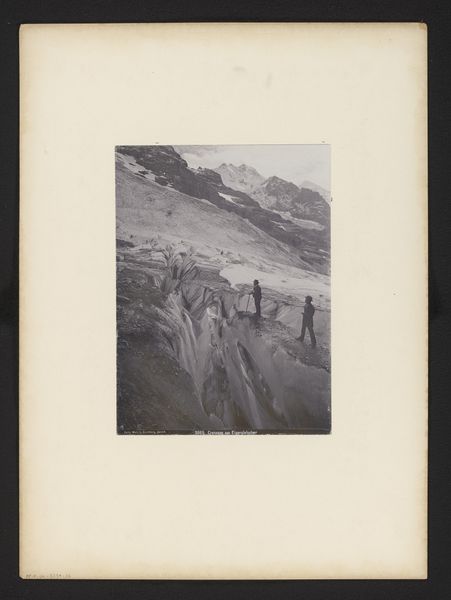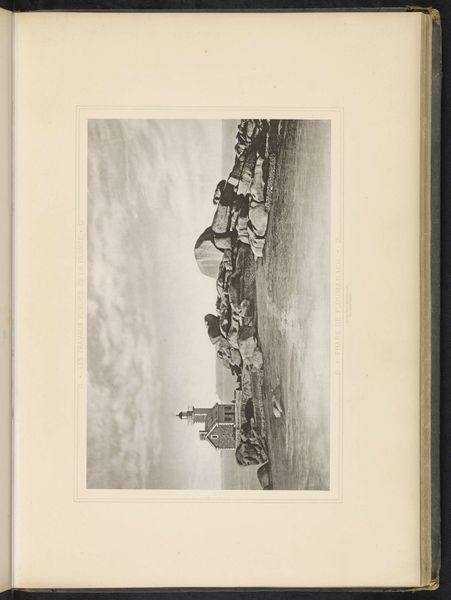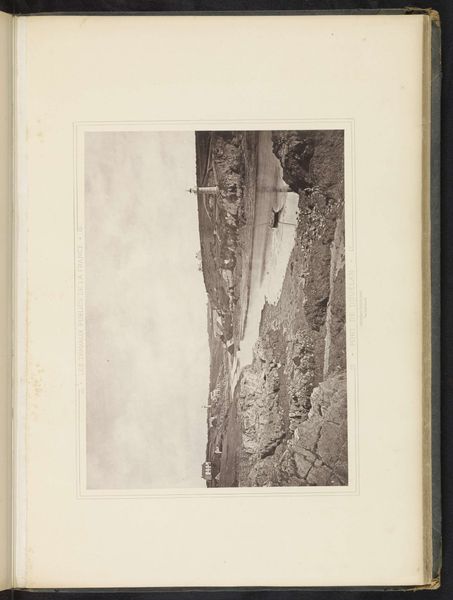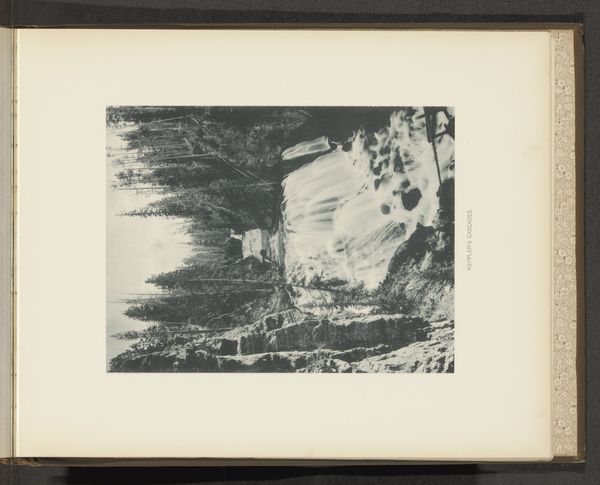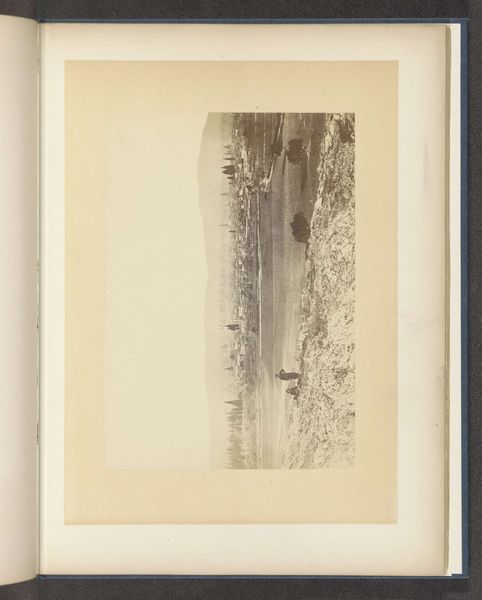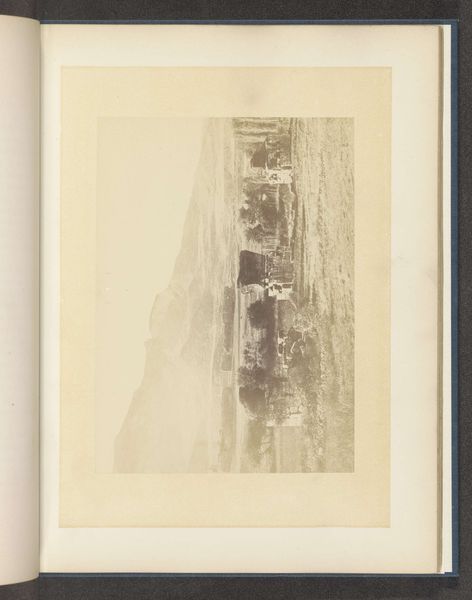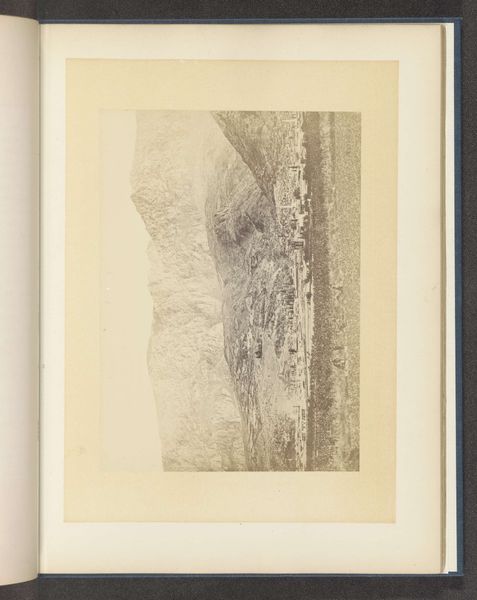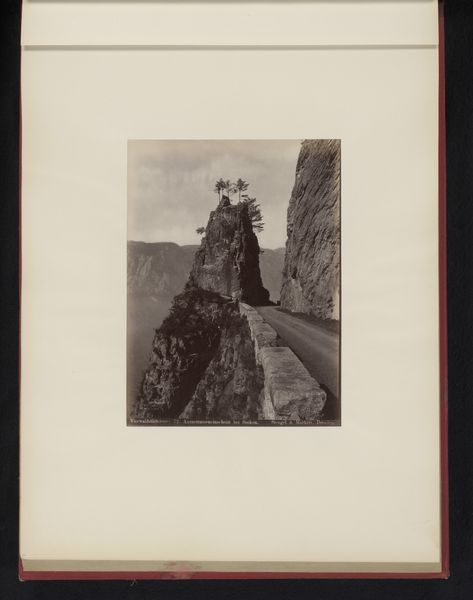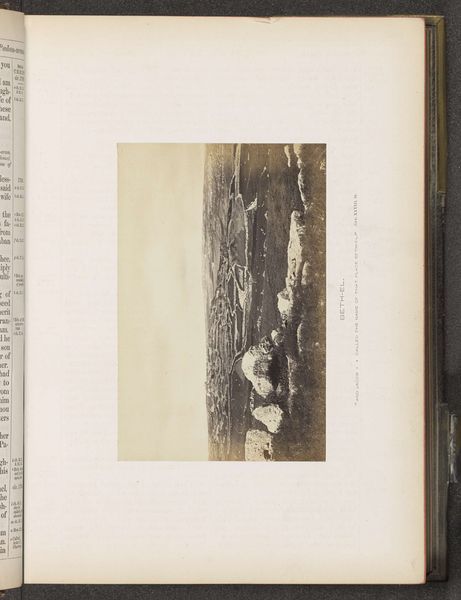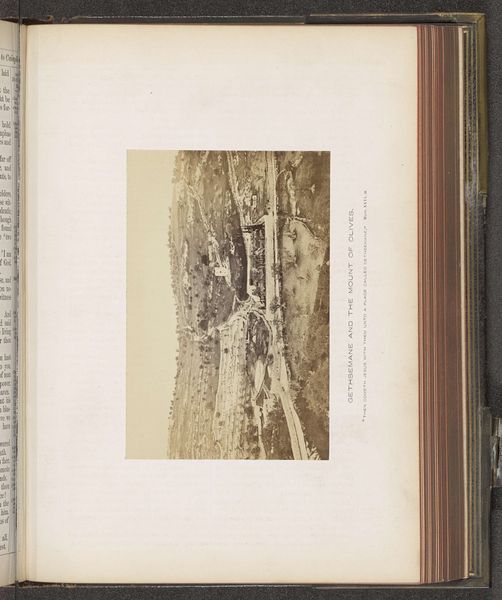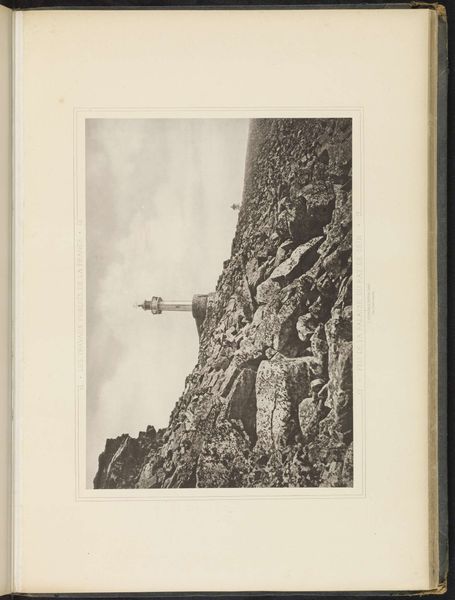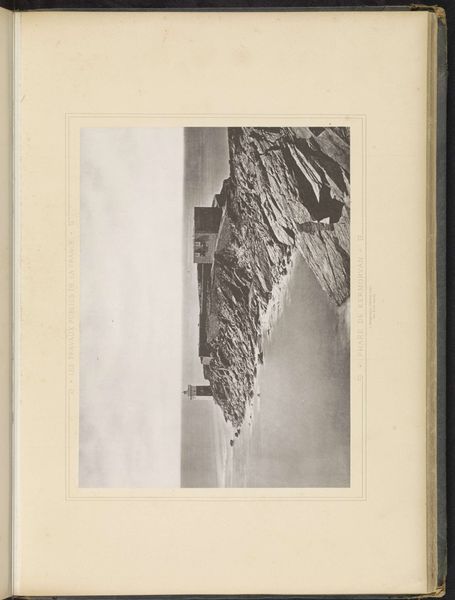
print, photography
# print
#
landscape
#
photography
#
cityscape
#
realism
Dimensions: height 229 mm, width 324 mm
Copyright: Rijks Museum: Open Domain
Editor: Here we have an older print from before 1883. It depicts the Vuurtoren van Pan de Bréhat – a lighthouse – and is simply labeled as being by an anonymous photographer. I'm immediately struck by the monumentality of the rocks; they seem to dwarf the structure itself. What catches your eye when you look at this piece? Curator: The relationship between nature and architecture is at the heart of this photograph, isn't it? But I think we have to look deeper than a simple appreciation of "monumentality." How does the presence of this lighthouse impact our understanding of the environment surrounding it, especially when considering its historical context? What was the symbolic purpose of situating the lighthouse in this precise location? Editor: I hadn't really thought of it that way. It's easy to just see the lighthouse as a practical structure… a warning for sailors. Curator: And you aren’t wrong! But think about the history of colonialism and trade. Lighthouses facilitated exploration and resource extraction, fundamentally changing power dynamics between nations and their relationship with the land. Consider the labor involved in building and maintaining it: whose work made it possible, and who benefited from its existence? This anonymous photographer captured the end result of immense labor, and the visual implication of the work on this geological scale is immense, which also implicates larger power systems and class. Editor: That shifts my perspective completely. The rocks no longer seem quite so “monumental” in a romantic way, but imposing… almost guarding something that has been claimed or extracted by human activity. Curator: Exactly! How do you see this photograph influencing conversations about land usage, resources, and identity today? The art then shifts from pure history, to having implications for our present. Editor: I think I have a much more nuanced appreciation for what this image represents and the role of the lighthouse within a greater history of not only France but the concept of colonialism. Curator: Precisely; by layering theory and history we unlock hidden conversations inside a deceptively simple image.
Comments
No comments
Be the first to comment and join the conversation on the ultimate creative platform.
